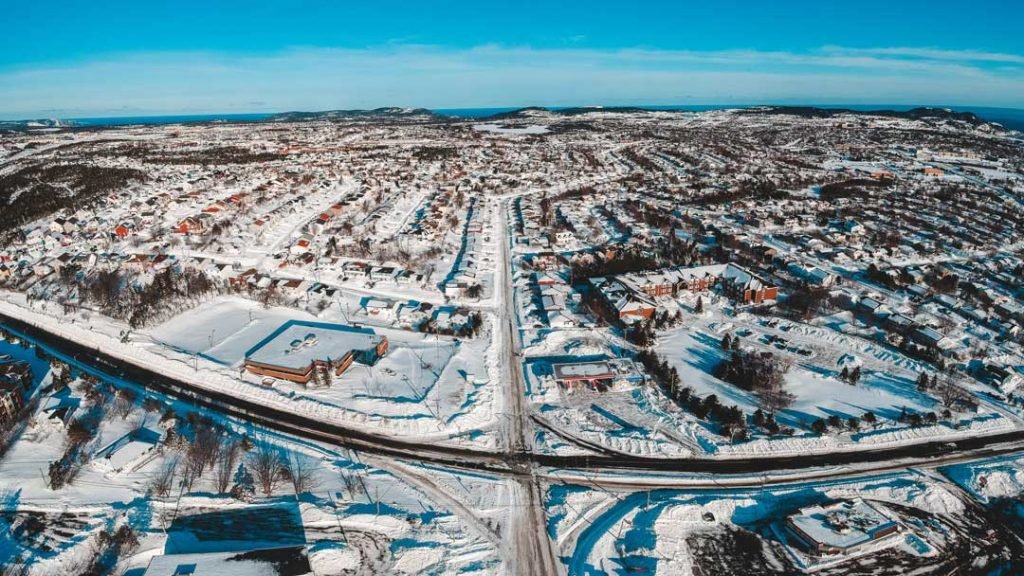Usually, snow falls up to 20 to 50 feet thicker in the winter months at the Mammoth Mountain’s summit. The mountain locates at the Squaw Valley of Lake Tahoe and in the Eastern Sierra. Even when it’s a drier and warmer season, about 11 feet of snow hits on Southern California.
It’s about two hours from Los Angeles, which is great for the ski season of California and is one of the best camping in Santa Barbara place. But, the snow makes possible challenges of weather for the drivers that like to get into the mountains. It might be raining out there if you’re coming from the Bay or Sacramento Area.
However, it’s an entirely different condition when you go up to the top of a mountain. Also, the weather in these areas changes very faster. Well, let’s know some tips that will help you to drive safely in California outdoor.
Things to Know Before You Get Started
The first thing you have to keep in mind is that always check out the weather conditions of the location you’re going to. We’re living in a great time of weather forecasting while you still may expect some unexpected things.
You’ll get forecasts from different weather channels, websites, and other ways. Most of them allow you to know the weather by hours and forecast up to the next 10 days in advance.
Moreover, you’ll get weather information from visitor bureaus for the most winter destinations like Mammoth Lakes, Lake Tahoe, Mt. Shasta, places to camp in Santa Barbara, and Big Bear Lake.
Keep an Eye On Road Conditions
You’ll find an updated list of the road conditions from the Caltrans website. Also, the site will help you to find out particular routes by the number of the highway.
Current and latest conditions of the weather are also easy to get by calling the number of 800/427-7623. Another excellent source for contained information is to get a connection to social media for Caltrans district sites in the state.
Moreover, you can look for signs that show the Caltrans Highway Advisory Radio’s (HAR) frequency while going through the highway. It also provides an update of the weather regular basis.
Prepare Your Vehicle
Get good tires, which have inflated rightly and have enough tread life. These will greatly develop dealing while you’ll go through slick roads. Potentially you don’t need to get antifreeze when at the sea level.
But, temperatures plunge faster when you’re in the mountains. This is why check the levels while leaving home. It’s because there are always challenges when you’re in the higher country.
However, you’ll especially understand if the windshield wipers of your vehicle have worn or the defroster is out of order.
On the Way
Chill the winter out when you’re on the road. You might be eager to go through the slopes. But, it can be very deadly while speeding in snowy weather conditions.
So, you can reduce the stress level if you leave early and by taking some a bit more time to climb to the mountains. Also, avoid playing gas roulette when you’re on the road and always keep in control.


